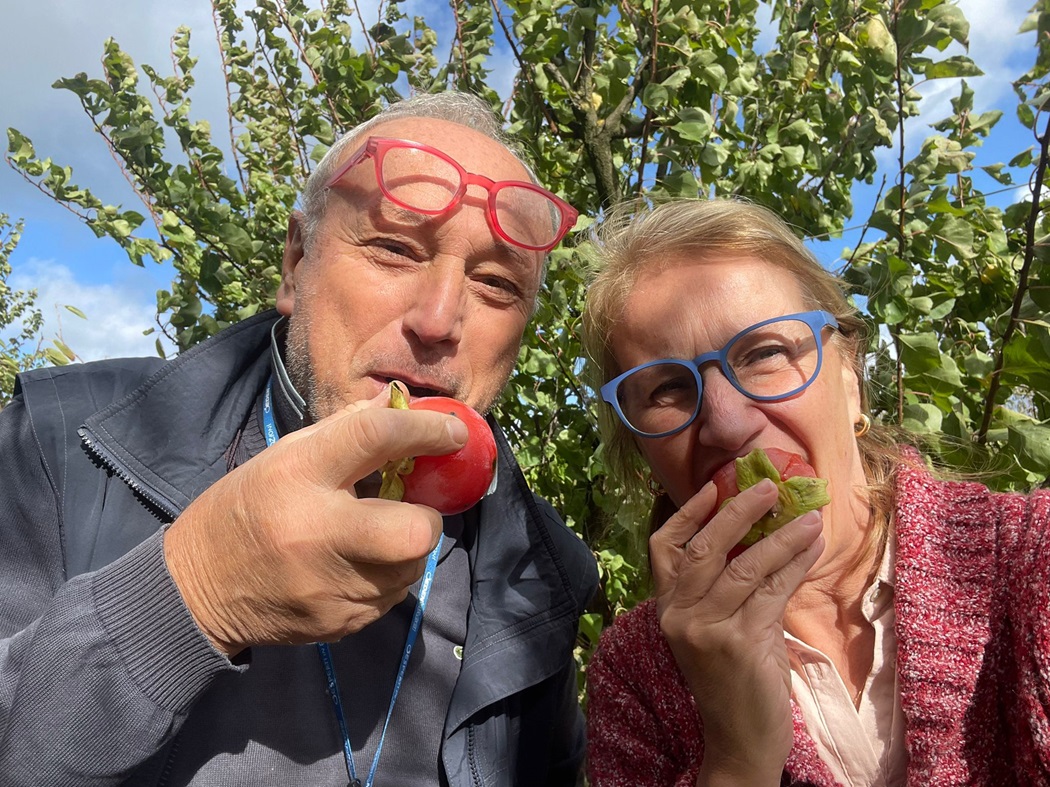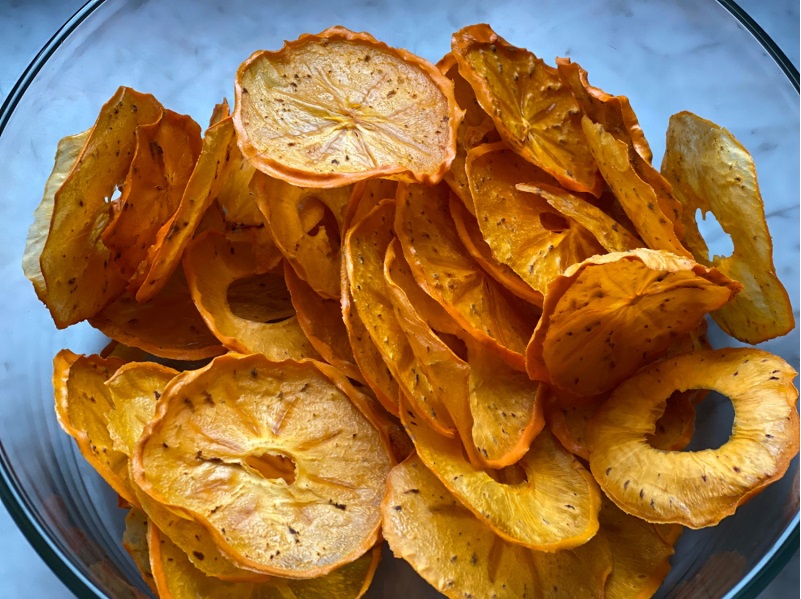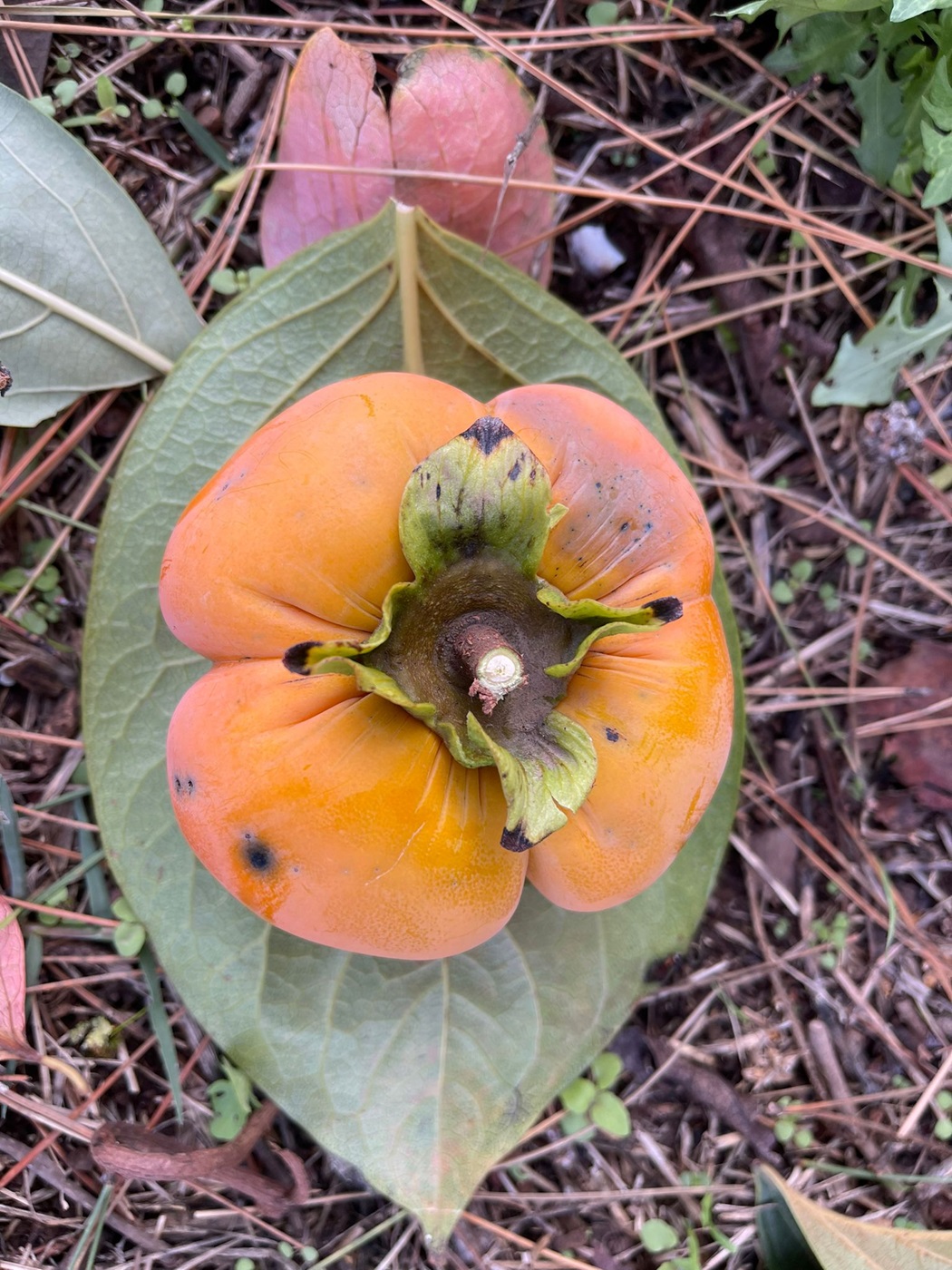
Few fruits have the ability to divide people like persimmons: either you hate them or love them. I personally love them.
But where does this feeling come from?
Let's start by talking about classic persimmons, the very sweet ones that are almost gelatinous/liquid inside when they are ripe and are eaten with a fork or spoon. Eating a fruit with a knife and fork means sitting at the table and for this reason they are not found in tourist stalls in city centres. Not everyone has the dexterity to eat them with cutlery.
If we then eat them when they are not yet ripe, they can 'flag' and be annoying. All those who have experienced this annoying sensation, due to tannins - and therefore similar to that of non-ready red wines - no longer want to taste these fruits.
To overcome these problems, the vanilla persimmon or persimmon-apple varieties were created, sweeter and with fewer tannins and therefore can be eaten in bites just like an apple. But be careful of their sweetness, the high concentration of glucose and dextrose can be a problem for diabetics.
November is the month in which the leaves fall and the persimmon trees almost seem to announce Christmas with their intense orange 'balls'. But let's find out something more about these fruits.
Persimmons are one of the oldest fruits and come from the East, China and Japan, and in fact they were called 'oriental apple' or 'Japanese lotus'. They arrived in Italy at the end of the nineteenth century (we know this from a letter by Giuseppe Verdi) and their botanical name comes from Greek and means 'wheat of Zeus'.
They are grown in warm countries and are not well known in Northern Europe where they are considered exotic. But despite these predilections, the plants are very long-lived and resistant, so much so that they survived the atomic bomb in Nagasaki.

But let's go back to the history of this fruit, in China it was also called the "tree of the seven virtues" because 1) it is very long-lived; 2) it guarantees shade thanks to the imposing size of its foliage; 3) it is immune to parasites; 4) offers excellent firewood; 5) its branches are the ideal place for birds to build their nests; 6) its leaves are decorative and finally 7) the fallen leaves become an excellent fertilizer.
Among the nutrients we must include potassium, phosphorus, magnesium, carotenoids while among the diuretic and energizing properties there is a great antioxidant power.
How to eat persimmons?
For me the absolute pleasure is eating them alone, but several restaurants offer them baked with savory seasoning or in pudding with cocoa.
In my life I have planted many persimmon trees to make sure I always have them available and here at Donna Vittori (www.donnavittori.com ) we have tried to do it in an original way that has pleased everyone who has tasted them.
We take them when they are not yet ripe and can be cut into small slices with a knife (when no one could eat them for their tannin). Then we put the slices to dry and we tested the perfect cycle. If you have an oven, you must know to never exceed 50 degrees when preparing dried fruit and then you must adjust the right temperature by tasting them.
Last year we gave them away in bags for Christmas and they were a huge success!
By the way, in Japan they also make sake, but we haven't tried it yet. If you have other recipes, write to us and we will be happy to try them.










Follow us